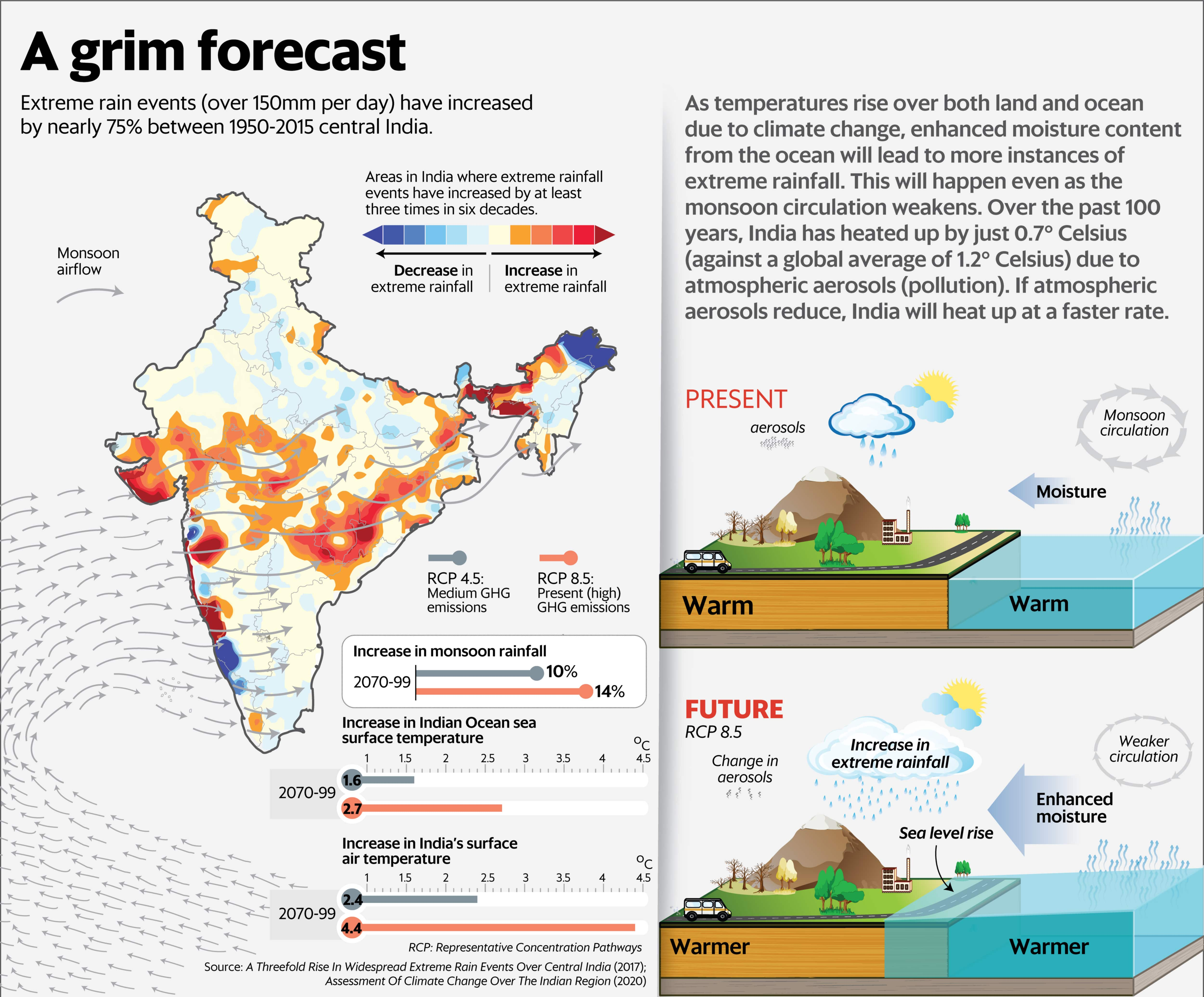7667766266
enquiry@shankarias.in
Research shows that Indian monsoon is likely to get much more dangerous as climate disruptions take a toll on the system in the subcontinent.

The Indian Meteorological Department (IMD) has clearly sighted that 2022 has seen the second highest extreme events since 1902.
Recent research indicates that monsoon rainfall became less frequent but more intense in India during the latter half of the 20th century.
References
Quick facts
Adrian Campbell 2 months
Geometry Dash Full Version is a visual and mental feast, thanks to its hard obstacles and graphically interesting locations.